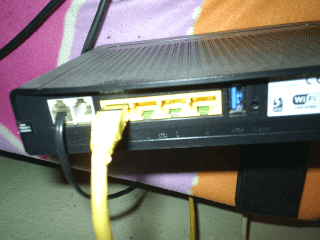Reply 20 of 32, by FFXIhealer
Especially when you consider that back in DOS/9x days most people used dial-up, which gave your PC a direct internet connection with no firewall. It WAS in a "DMZ" so to speak. Now, everyone has broadband and a base router (with NAT, port screening/firewalls, etc.). Besides, my 98 system is only on while I'm messing with/gaming on it. Otherwise, I turn it off. I mean, the thing boots in under 15 seconds. It's not like I'm wasting a lot of time turning it on or off. My Windows 10 gaming PC with a PCI-Express SSD boots in roughly the same amount of time...and that SSD has ~2,100 MB/s read speeds.
Also, come on. What is a hacker trying to steal from me on a 9x machine anyway? What level I'm currently on in Quake 1? Seriously. These old-ass computers never contain any personal information like tax forms or credit card info anymore. There's no reason to target them. I run the 98 box on my network via 10/100 Ethernet, no anti-virus software, no firewall software, nothing. Perfectly fine.




